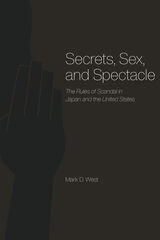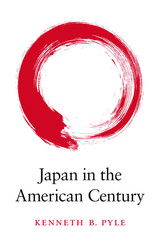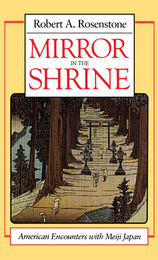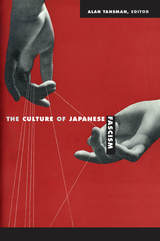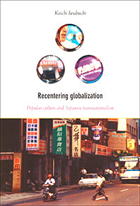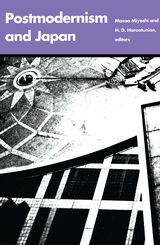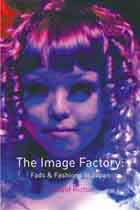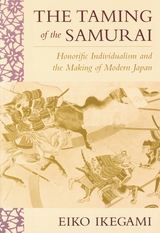Image Factory: Fads and Fashions in Japan
Reaktion Books, 2003
Paper: 978-1-86189-153-2
Library of Congress Classification DS827.F34R53 2003
Dewey Decimal Classification 306.0952
Paper: 978-1-86189-153-2
Library of Congress Classification DS827.F34R53 2003
Dewey Decimal Classification 306.0952
ABOUT THIS BOOK | AUTHOR BIOGRAPHY | TOC | REQUEST ACCESSIBLE FILE
ABOUT THIS BOOK
Just as a person contrives a style, the purpose of which is integration and the effect of which is presentation, so a nation collectively projects an appearance, a "national" style. Such styles are made of many layers. The deepest layer is composed of the immutable and the traditional. Nearer the surface floats fashion, changeable but sometimes more abiding. And frothing on the surface is fad.
By definition a fad is novel and appears from outside. Fads must have instant appeal and do not have a long shelf life. In Japan, an assortment of islands, the outside is often the quality that defines the inside.
Japan has a history of chasing fads and fashion. Since the 19th century, foreign products have been welcomed in, from the cult for "squeaky shoes" in the mid-19th century to the current fad for virtual reality girlfriends. Japan’s mandate was that, having been opened late, it had to hurry to catch up. Fads provide both a social distraction and a sense of cohesion, indicating not only foreign importation but also native adaptation.
The Image Factory is both an investigation into fads, fashions and style – such as US Army surplus uniforms, "pachinko", mutating hair colors – and an appreciation of their inherent meanings. The Japanese have seized upon fads and fashion as an arm of enterprise to a much greater extent than elsewhere in the world. Ephemerality has been put to work, the transient has become industrialized, and the results are highly conspicuous.
By definition a fad is novel and appears from outside. Fads must have instant appeal and do not have a long shelf life. In Japan, an assortment of islands, the outside is often the quality that defines the inside.
Japan has a history of chasing fads and fashion. Since the 19th century, foreign products have been welcomed in, from the cult for "squeaky shoes" in the mid-19th century to the current fad for virtual reality girlfriends. Japan’s mandate was that, having been opened late, it had to hurry to catch up. Fads provide both a social distraction and a sense of cohesion, indicating not only foreign importation but also native adaptation.
The Image Factory is both an investigation into fads, fashions and style – such as US Army surplus uniforms, "pachinko", mutating hair colors – and an appreciation of their inherent meanings. The Japanese have seized upon fads and fashion as an arm of enterprise to a much greater extent than elsewhere in the world. Ephemerality has been put to work, the transient has become industrialized, and the results are highly conspicuous.
See other books on: 1945- | Fads | Japan | Popular Culture | Richie, Donald
See other titles from Reaktion Books

